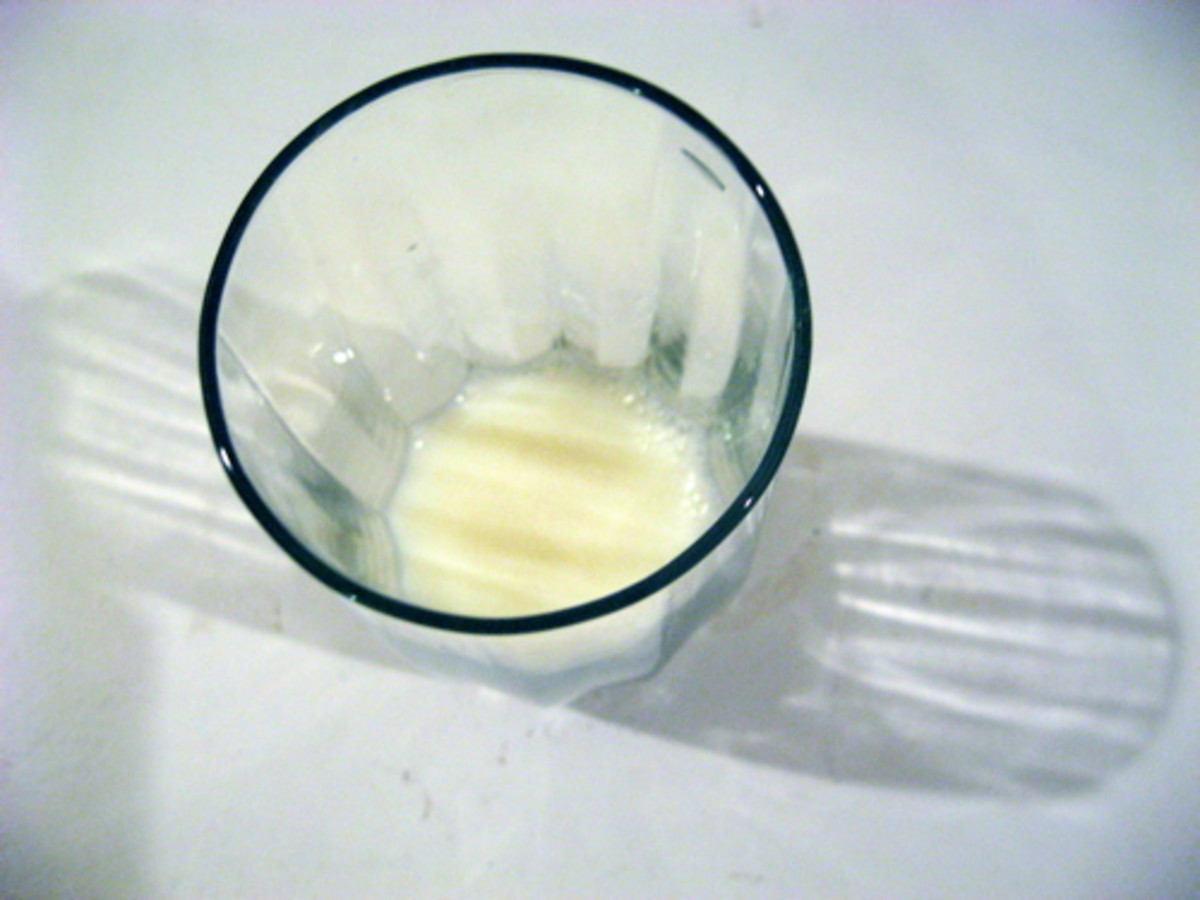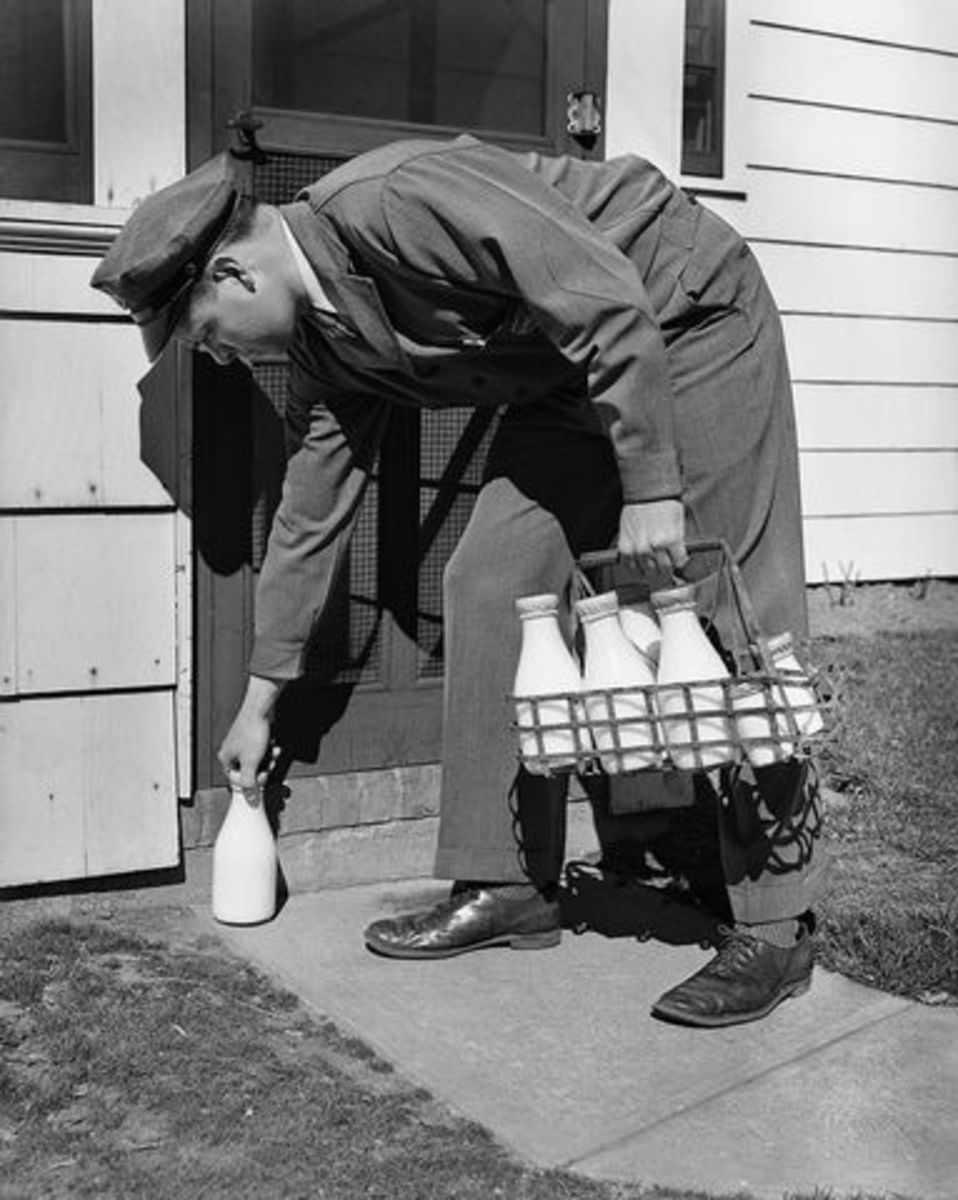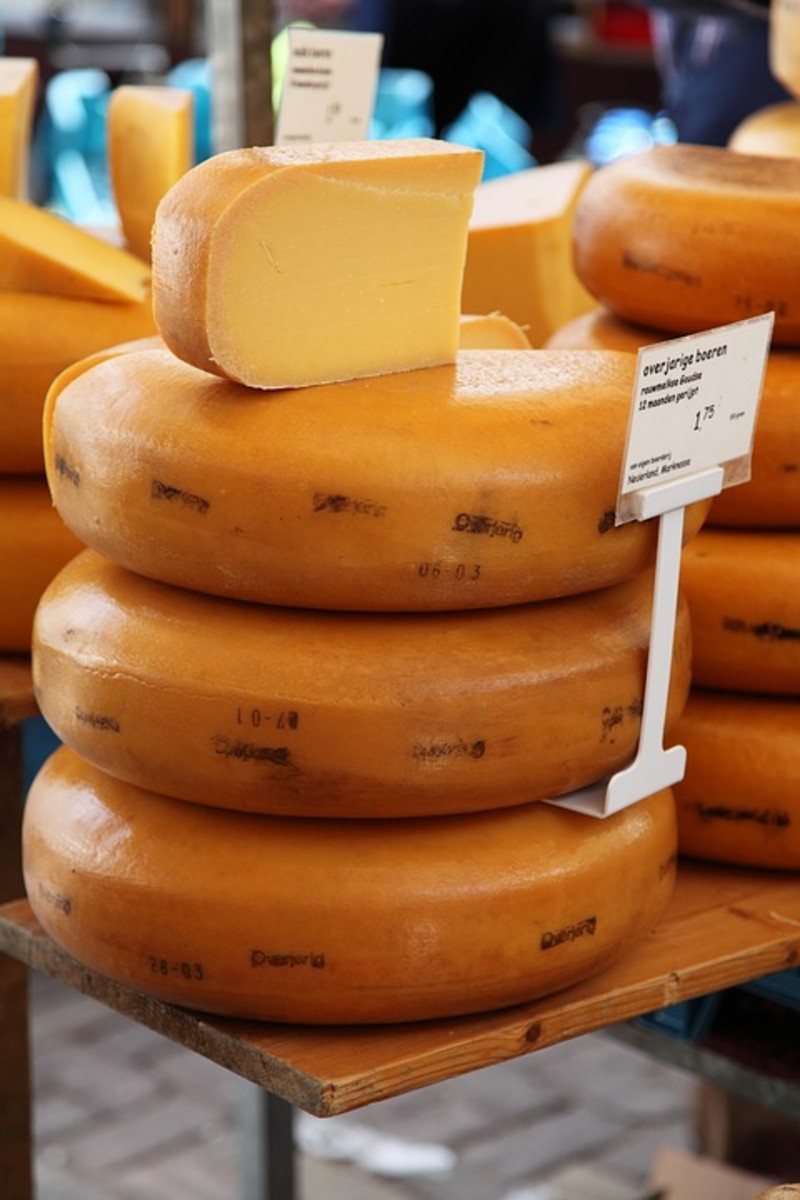The Difference Between Pasteurized, Homogenized and Raw Milk
Have you ever wondered what is the difference is between pasteurized, homogenized or raw milk? Knowing the differences when you purchase these types of milk can be the difference between a recipe turning out beautifully and a culinary disaster.

Pasteurized Milk
Pasteurization is named after a process discovered by Louis Pasteur. Milk is heated to 161 degrees Fahrenheit for approximately 20 seconds, killing the majority of the micro-organisms. There are two different types of pasteurization used in processing milk.
The first, most common form of milk pasteurization is HTST, which stands for High Temperature Short Time. HTST milk can be stored in a refrigerator for approximately two weeks
The second form of milk pasteurization is UHT, which stands for Ultra High Temperature. In this process, the milk is heated to 275 degrees Fahrenheit for a second. UHT milk is then packaged in aseptic packaging. UHT milk is not suitable for making cheese or yogurt because any beneficial micro-organisms are killed in this pasteurization process. UHT milk can be stored in a refrigerator for approximately three to four weeks.
Milk cannot be held at a high temperature for very long because it will curdle and be rendered unsuitable for drinking.
Homogenized Milk
The homogenization process is done initially to mix multiple collections of raw milk from various dairy farms. The continuation of the process further breaks down the fat molecules in milk so that they are more evenly dispersed. This keeps the cream from separating and floating to the top. The resulting milk can be separated even further by the various concentrations of fat desired by the consumer (i.e. skim, 2 percent, 4 percent and whole milk).
Raw Milk
Raw milk is milk that comes directly from the cow or goat, with no interference by man, other than he collected it from the animal. It is milk in its simplest form, direct from Mother Nature. This is the form of milk most favored by cheese makers. Raw milk can be stored in a refrigerator for approximately one week.
Additional Information on Milk Processing
- Homogenization Method
- Pasteurization Methods
Continuous pasteurization has several advantages over the batch (vat) pasteurization method, the most important being time and energy saving. For most continuous processing, a high temperature short time (HTST) pasteurizer is used. - California Department of Food and Agriculture
All about milk and milk processing






